Simple graph theory concepts
1/31
There's no tags or description
Looks like no tags are added yet.
Name | Mastery | Learn | Test | Matching | Spaced |
|---|
No study sessions yet.
32 Terms
graph
a collection of points called vertices or nodes and line segments or curves called edges that connect the vertices.
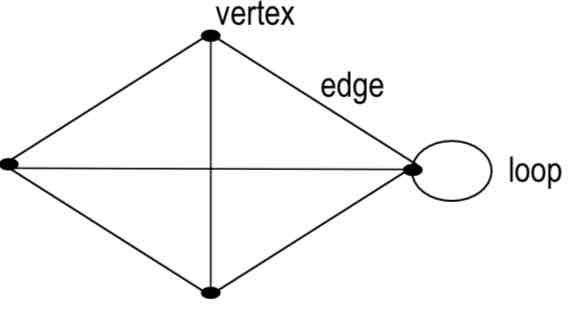
vertices/nodes
collection of points
edges
line segments or curves
loop
an edge connecting a vertex to itself.
complete graph
a graph that has an edge connecting every pair of vertices.
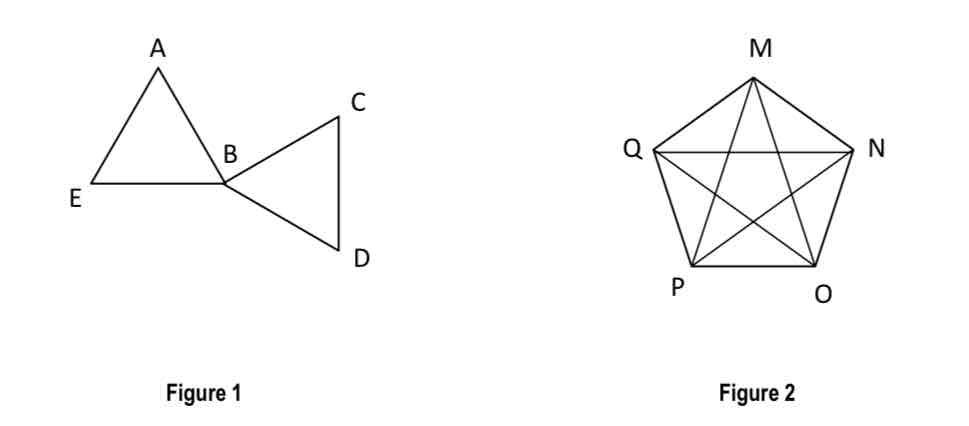
adjacent
there is an edge joining them.
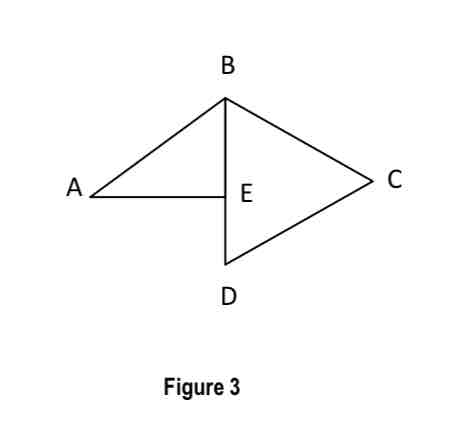
equivalent
same vertices connected in the same way.
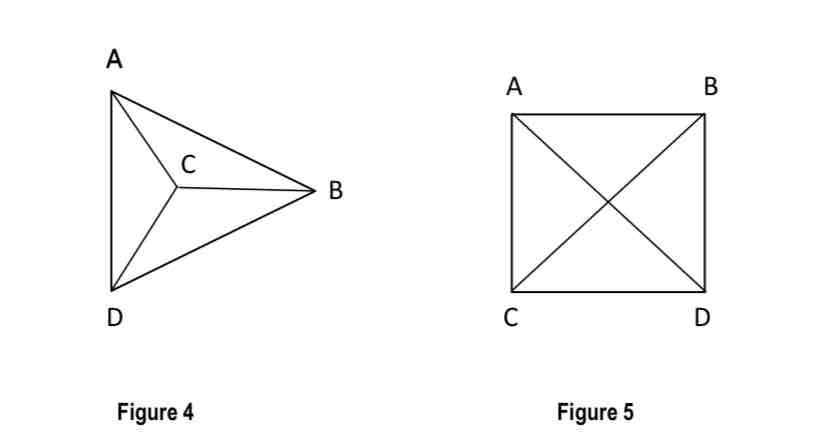
path
alternating sequence of vertices and edges.
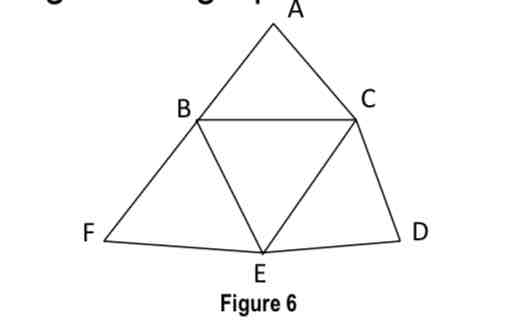
circuit
a path that begins and ends with the same vertex
A graph is ______ if for any two vertices, there is at
least one path that joins them.
connected
bridge
edge that when you remove makes the graph disconnected.
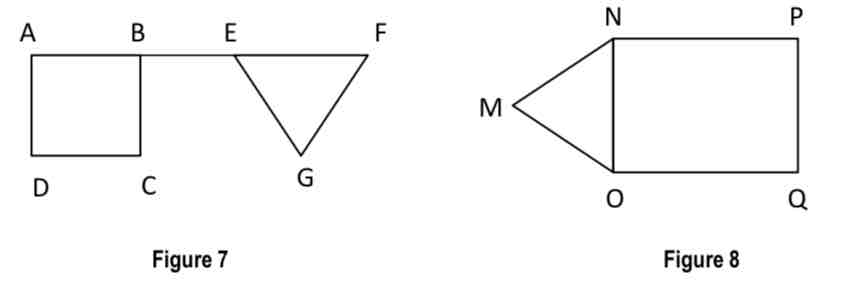
degree
the number of edges attached to a vertex
graph coloring
The idea is to color the vertices or edges of a graph in such a way that adjacent vertices or concurrent edges are given different colors.
chromatic number of the graph
The smallest number of colors required to color the vertices of a graph
2- Colorable Graph Theorem
A graph is 2-colorable if and only if it has no circuits that consist of odd number of vertices.
Four-Color Theorem
The chromatic number of a planar graph is at most 4.
adjacent
if they share part of their boundaries.
Euler path
a path that passes through every edge exactly once only
a path that contains all the edges of the graph
begin and end with the odd-degree vertices
if and only if no more than two of its vertices have odd degree.
Euler circuit
a closed path that contains all the edges of the graph.
Eulerian
A graph that has an Euler circuit
A ____ is Eulerian if and only if each vertex
has even degree.
Connected graph
if all vertices are ______ the graph has at least one Euler
circuit
even
exactly two vertices are ___, the graph has no Euler circuits but at least one Euler path.
odd
If there are more than ___ vertices, the graph
has no Euler path and no Euler circuits.
two odd
Hamiltonian path
a path passing through each vertex of the graph exactly once.
Hamiltonian cycle
If the hamiltonian path is closed
Hamiltonian
If a graph has a Hamiltonian cycle, it is called Hamiltonian.
tree
a graph in which any two vertices are connected by exactly one path.

forest
an undirected, disconnected, acyclic graph. In other words, a disjoint collection of trees is known as forest.
spanning tree
a tree that results from the removal of as many edges as possible from the original graph without making it disconnected.
minimum spanning tree
the spanning tree for the graph that has the smallest possible sum of the weights.
must have one fewer edge than the number of vertices.
Prim's algorithm
a minimum spanning tree algorithm that takes a graph as input and finds the subset of the edges of that graph which
1. form a tree that includes every vertex
2. has the minimum sum of weights among all the trees that can be formed from the graph